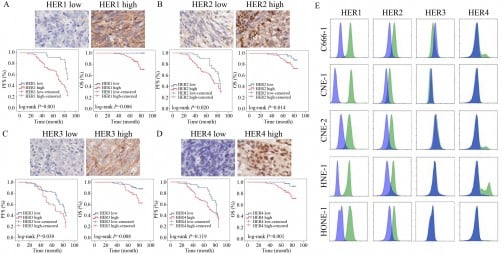Scientists Create Groundbreaking Antivenom for Snake Bites

Researchers have developed a new antivenom that offers a broad range of protection against snake bites, potentially saving thousands of lives annually. This innovative treatment targets venom from multiple species, particularly those in the dangerous Elapidae family, which includes cobras and mambas. The findings were published in the journal Nature.
The new antivenom is effective against 17 of the 18 elapid species found in Africa, addressing a significant public health concern. Each year, over 300,000 snake bites are reported in Sub-Saharan Africa, leading to approximately 7,000 deaths. Traditional antivenoms often require victims to identify the snake species, which is not feasible in emergency situations.
Unlike standard antivenoms, which have remained largely unchanged since the 19th century, this new formulation uses antibodies derived from alpacas and llamas. According to Anne Ljungars, a biological engineer at the Technical University of Denmark and co-author of the study, camelids produce a unique antibody variant known as heavy-chain-only antibodies. These can be engineered into nanobodies that are smaller and more stable than conventional antibodies.
Advantages of the New Antivenom
This novel antivenom shows promise in several key areas. It significantly reduces the risk of tissue damage at the injection site, a common complication with existing treatments that can lead to limb amputations. The new formulation also penetrates tissues more effectively, allowing for quicker action against venomous bites.
One of the most notable features of the antivenom is its ability to be stored without refrigeration. This characteristic is particularly crucial for use in remote areas, where access to medical facilities is limited. Moreover, the nanobodies can be freeze-dried, facilitating easier transportation and storage.
Despite its advantages, the antivenom has only been tested on mice so far and has not yet undergone human trials. Researchers have noted that while the antivenom is effective against many species, its effectiveness diminishes when administered after venom exposure. Some venoms were only partially neutralized, indicating that further refinement is necessary before the antivenom can be widely distributed.
Future Implications for Snakebite Treatment
The study represents a significant step forward in snakebite treatment. Nicholas Casewell, director of the Centre for Snakebite Research and Interventions at the Liverpool School of Tropical Medicine and co-author of the research, emphasized the potential of nanobody mixtures as a new therapeutic approach. He stated, “This study provides clear evidence of the potential utility of mixtures of nanobodies as a new therapeutic modality for snakebite.”
As researchers continue to improve the formulation, there is optimism that this antivenom could transform snakebite treatment, particularly in regions where access to medical care is limited. If successful, it could make a substantial difference in the fight against snakebite fatalities and improve the quality of care for victims globally.






